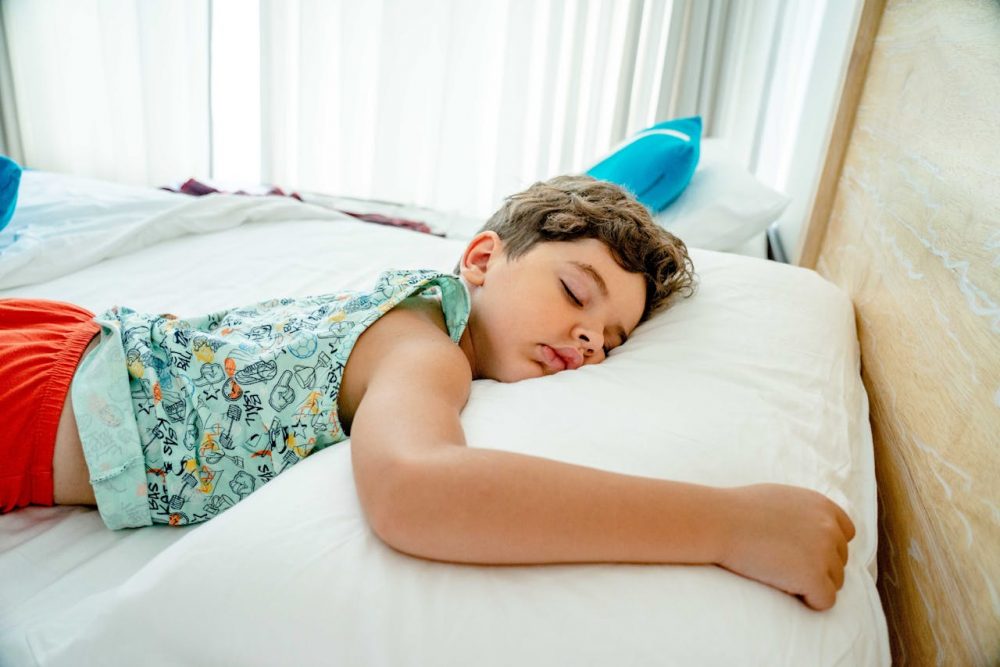Child maintenance plays a vital role in ensuring the well-being of children when parents separate. But what exactly is child maintenance for? Many people hold contrasting views. Some think it is for essentials like food and clothing. On the other hand, others believe it should cover everything, including rent and vacations.
According to the UK government, child maintenance is “financial support towards your child’s everyday living costs when you have separated from the other parent.” Here is what that means in practical terms:
What Is Child Maintenance For?
At its core, child maintenance ensures children have their basic needs met after their parents separate. Everyday living costs like food, clothing, and school supplies fall under this umbrella. It is about ensuring that children maintain a stable, supportive environment - even if their parents no longer live together.

Gusttavo / Pexels / For instance, if both parents agree to determine payments based on the child’s specific needs, it can go beyond basics.
This might include costs for extracurricular activities like music lessons or sports training. Courts may also get involved in unique cases, such as if a child has a disability requiring additional support or attends a private school.
When Does Child Maintenance Go Beyond Basics?
While the standard child maintenance covers everyday expenses, certain cases demand a broader approach. For instance, if a family court is involved, it may consider the child’s lifestyle before the separation. A high-income family might need to account for activities like swimming lessons or private tutors.
Similarly, additional costs can also arise for children with disabilities. These might include specialized equipment or therapies not covered by the National Health Service. In such cases, courts can order supplemental payments to ensure the child’s unique needs are met without financial strain.
Can a Parent Decide How It is Spent?
When one parent pays child maintenance, disagreements often arise over how the money is used. Some paying parents criticize expenditures, such as the quality of the child’s clothing or the type of meals they are provided. Others might expect the receiving parent to cover all costs during the child’s visits, which can lead to disputes.

Anas / Pexels / Negotiating an agreement gives both parents a say in how the money is allocated. It fosters a more cooperative co-parenting environment.
However, when parents can’t agree, the Child Maintenance Service steps in with a standard formula to calculate payments.
What Isn’t Covered?
Payments determined by the Child Maintenance Service don’t extend to step-children. If a parent wishes to include step-children, they must make a separate application to the court.
Similarly, school fees for private education are not included. Parents wanting to send their child to a private school must apply for a school fees order. This court-ordered payment can cover tuition and additional expenses like school trips or tutoring.
How Are the Payments Calculated?
The Child Maintenance Service uses a standard formula to calculate how much one parent should pay. This formula considers factors like the paying parent’s income and how many nights the child spends with them. While this approach works for many families, it doesn’t account for every situation.
Parents with unique circumstances often prefer to reach private agreements. For example, if a parent’s income exceeds the threshold for maximum assessment, the receiving parent can apply for a court order for “top-up” child maintenance.
However, when parents do not agree on child maintenance, the situation can become contentious. Some paying parents may feel they are contributing too much, while others might think the receiving parent is not using the money appropriately. These disputes can create tension, but there are legal ways to address them constructively.










